Gh0st5 0f the Pa5t: 5 Places to View Your iPhone’s Ancestors

Can a computer look… sad? (Photo: Marcin Wichary on Flickr)
It shouldn’t be too much longer until computers the world, so its important to understand the roots of where our future overlords. Computing already has a rich history of innovation and evolution, crammed into a relatively short span of time. But there are some places that made it their business to remember the massive mainframes and hilariously obsolete technologies of the recent (and not-so-recent) past. Check out these computer museums that are kind of like genealogical libraries for your iPhone.
1. NATIONAL MUSEUM OF COMPUTING
Bletchley, England
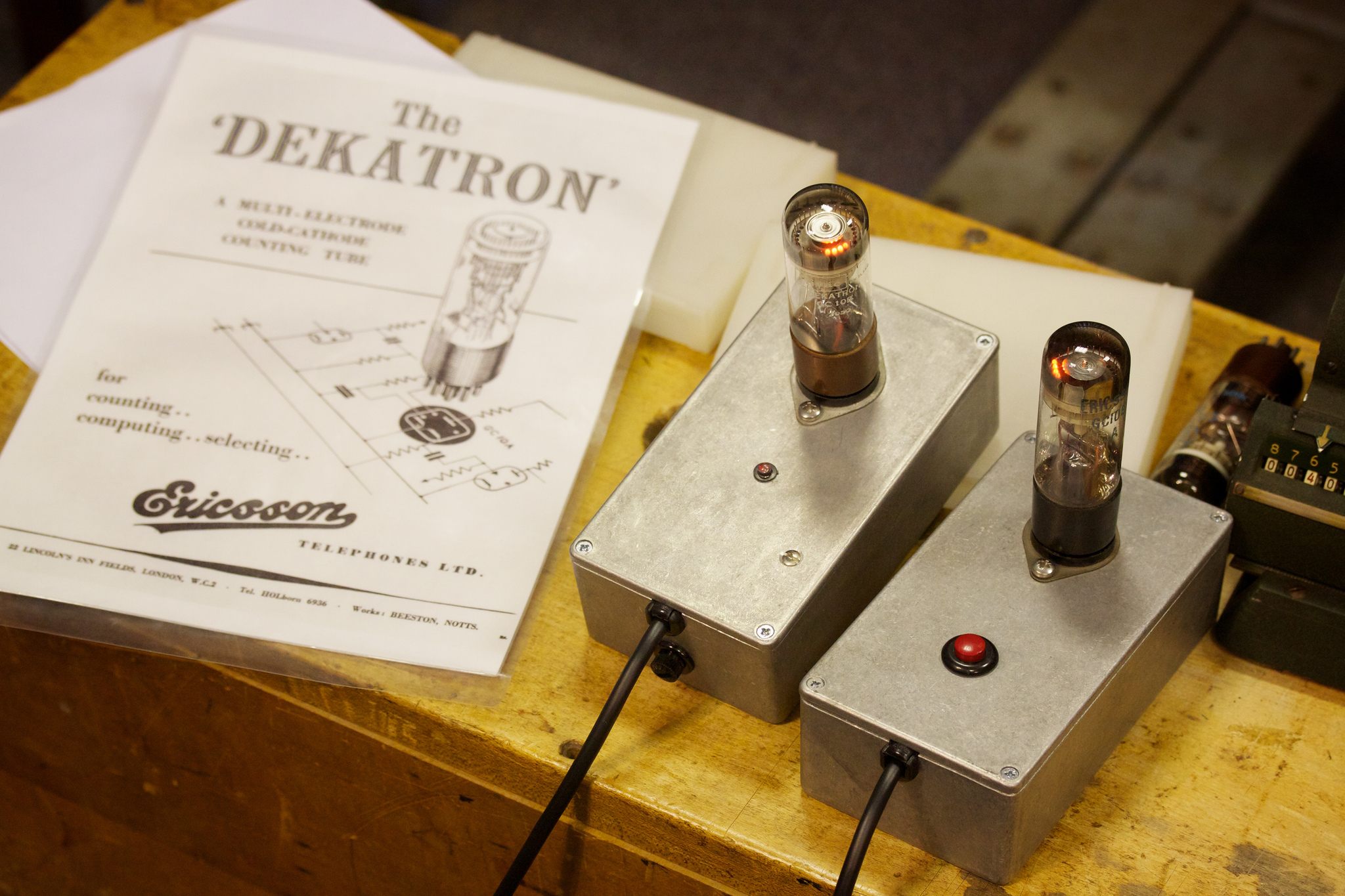
“Cold Cathode” would make a great band name. (Photo: Marcin Wichary on Flickr)
During World War II, England’s Bletchley Park was home to the codebreakers working hard over innovative number crunching machines, trying to bust Hitler’s secret cyphers. Today, one of the buildings on the historic grounds is carrying on the legacy of pioneering computers in the National Museum of Computing. The collection celebrates the pieces of bygone technology that would seem to be useless in the face of progress, even working to bring some of them back to working order. Some of the more incredible machines on display include the oldest working digital computer, known as the Dekatron, and the giant Colossus, a room-sized codebusting juggernaut.
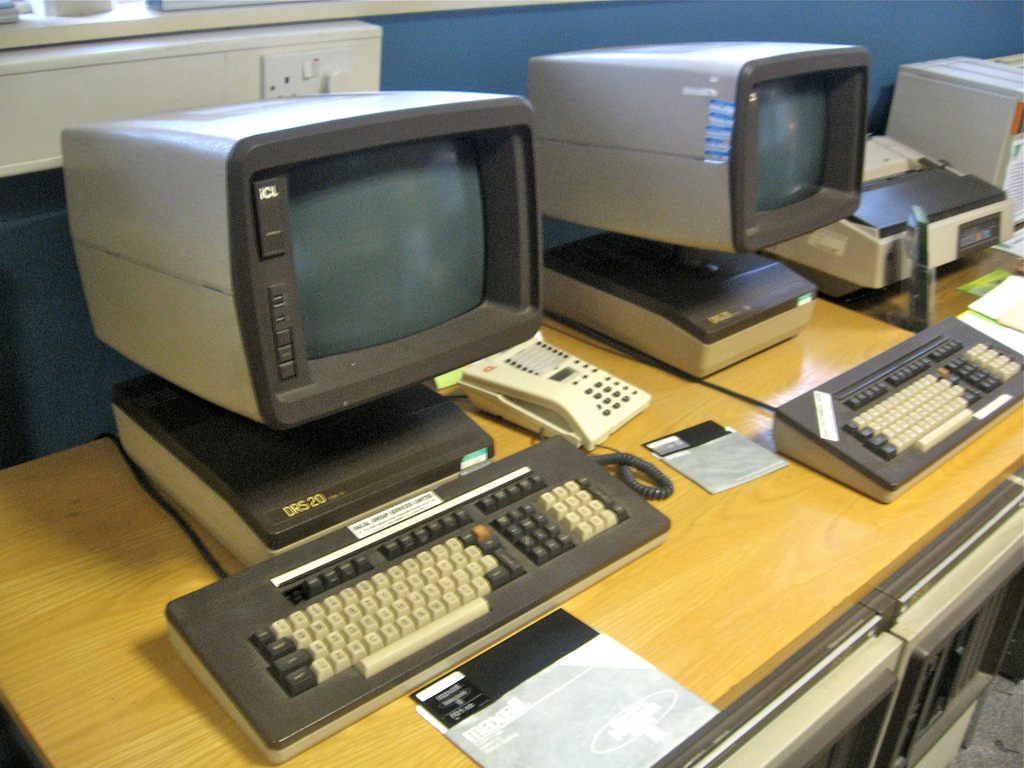
These guys are so old they are almost stylish again. (Photo: Timitrius on Flickr)
2. COMPUTER HISTORY MUSEUM
Mountain View, California
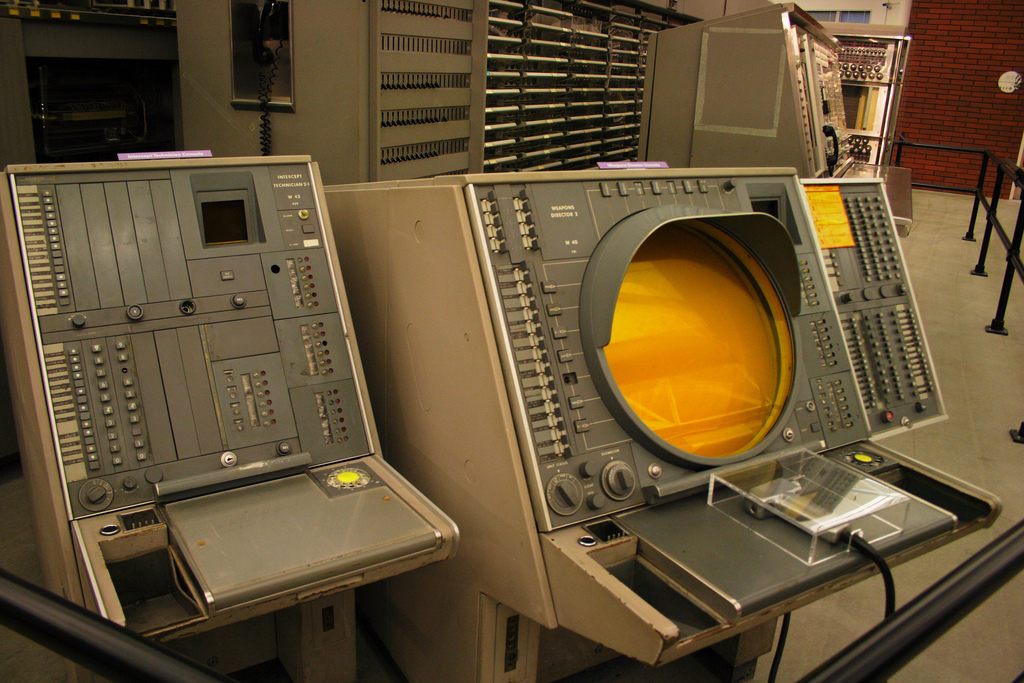
While this was clearly not a home computer, it would cool if it was. (Photo: Antti T. Nissinen on Flickr)
As the largest museum in the world devoted to the history of computing, this sprawling tour through the computers of the past is packed to the gills with some of the greats. The collection a series of Cray supercomputers found nowhere else on the planet, recreations of the original server stack that Google used as they grew, and a fully operational replica of a Difference Engine that Charles Babbage was never even able to build in his lifetime. Recently the museum has also begun collecting and preserving aging software and code languages before they are lost to time.
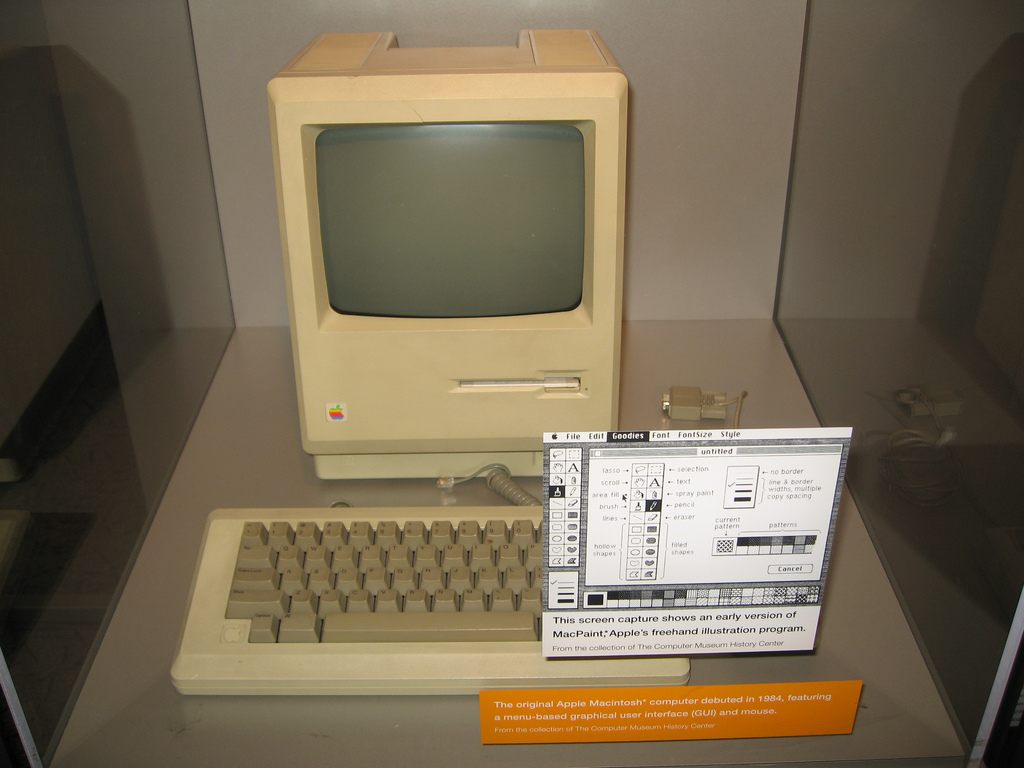
We have one of these in the Atlas offices, and it still runs the paint program in the picture. We pretend it’s the dog’s desk. (Photo: Simon Davison on Flickr)
3. CHIPPEWA FALLS MUSEUM OF INDUSTRY AND TECHNOLOGY
Chippewa Falls, Wisconsin

That blue pillar there is what it took to power the calculations of this monitor. (Photo: Property of the Chippewa Valley Museum of Industry and Technology)
While this museum is a bit smaller than most on this list, it still holds a whole lot of computing power. The Chippewa Falls Museum of Industry and Technology is not entirely devoted to computers, with other mashed-up sections covering topics like a beer brewing company and a cookery company, but their section on Cray, Inc. is worth the visit. Seymour Cray was born in Chippewa Falls and they have not forgotten. The collection includes a number of examples of his company’s supercomputers as well as the desk at which Cray would dream up the powerful machines using little more than a pencil and paper.
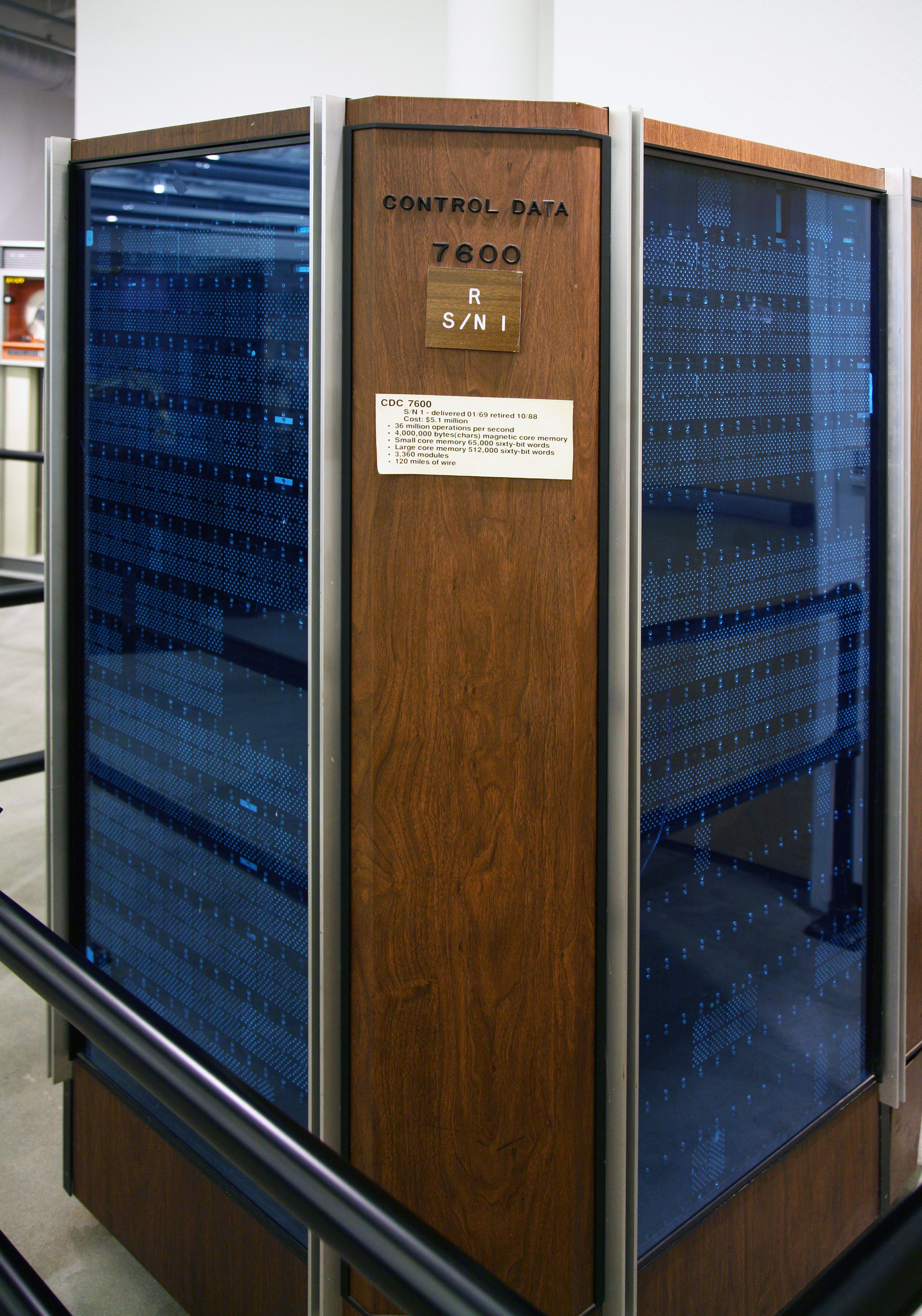
This Cray supercomputer should have been named the Cray groovycomputer. (Photo: Jitze Couperus on Wikipedia)
4. AMERICAN COMPUTER MUSEUM
Bozeman, Montana
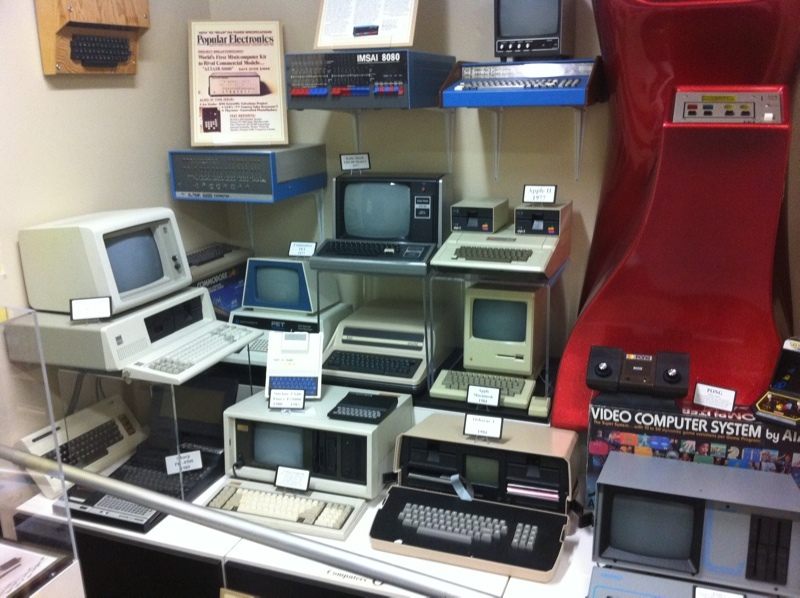
Has anyone seen my old computers? (Photo: Nick Taylor on Flickr)
The other American museum devoted solely to the origins of the information age is not as grandiose as the one in Silicon Valley, but its devotion to old tech is no less fervent. Owned and operated by a Montana husband-wife team, the collection was started in 1990 with a simple mechanical calculator. The collection has boomed since its founding however and now contains such important relics as an Apollo rocket guidance system, and an Apple I computer signed by Steve Wozniak himself.
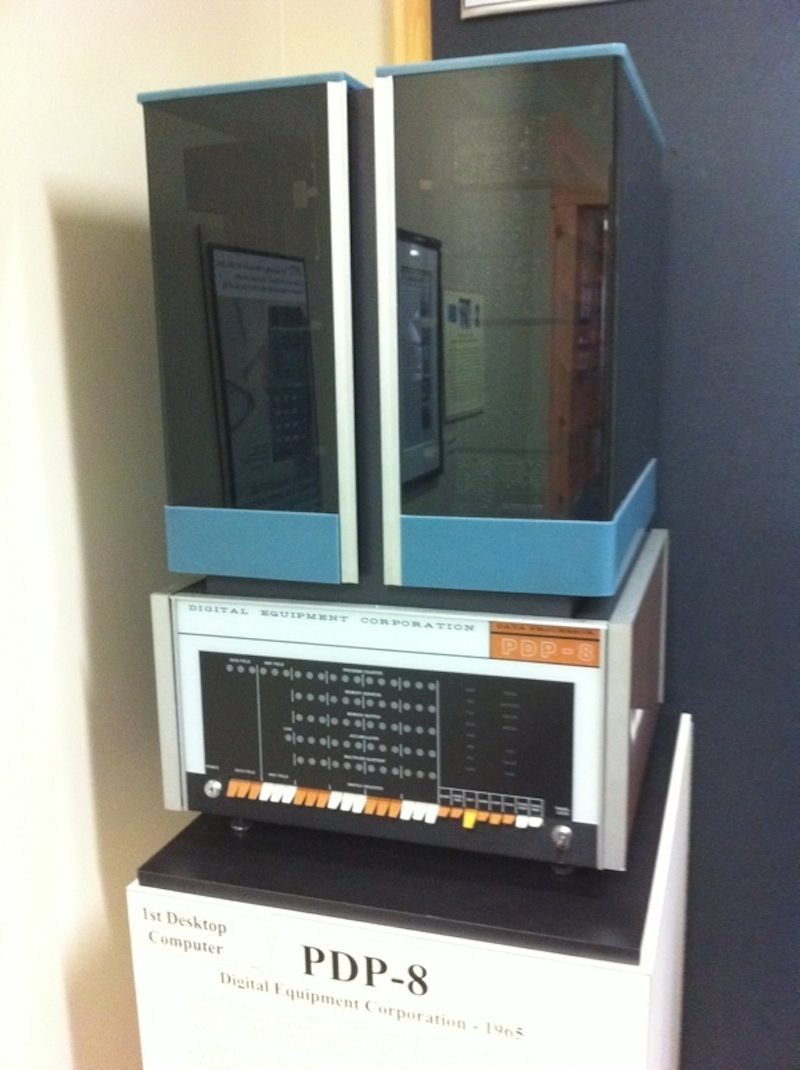
The design of the new PDP-8 droid in Star Wars was met with criticism for being… “boxy.” (Photo: Nick Taylor on Flickr)
5. MARK I
Cambridge, Massachusetts
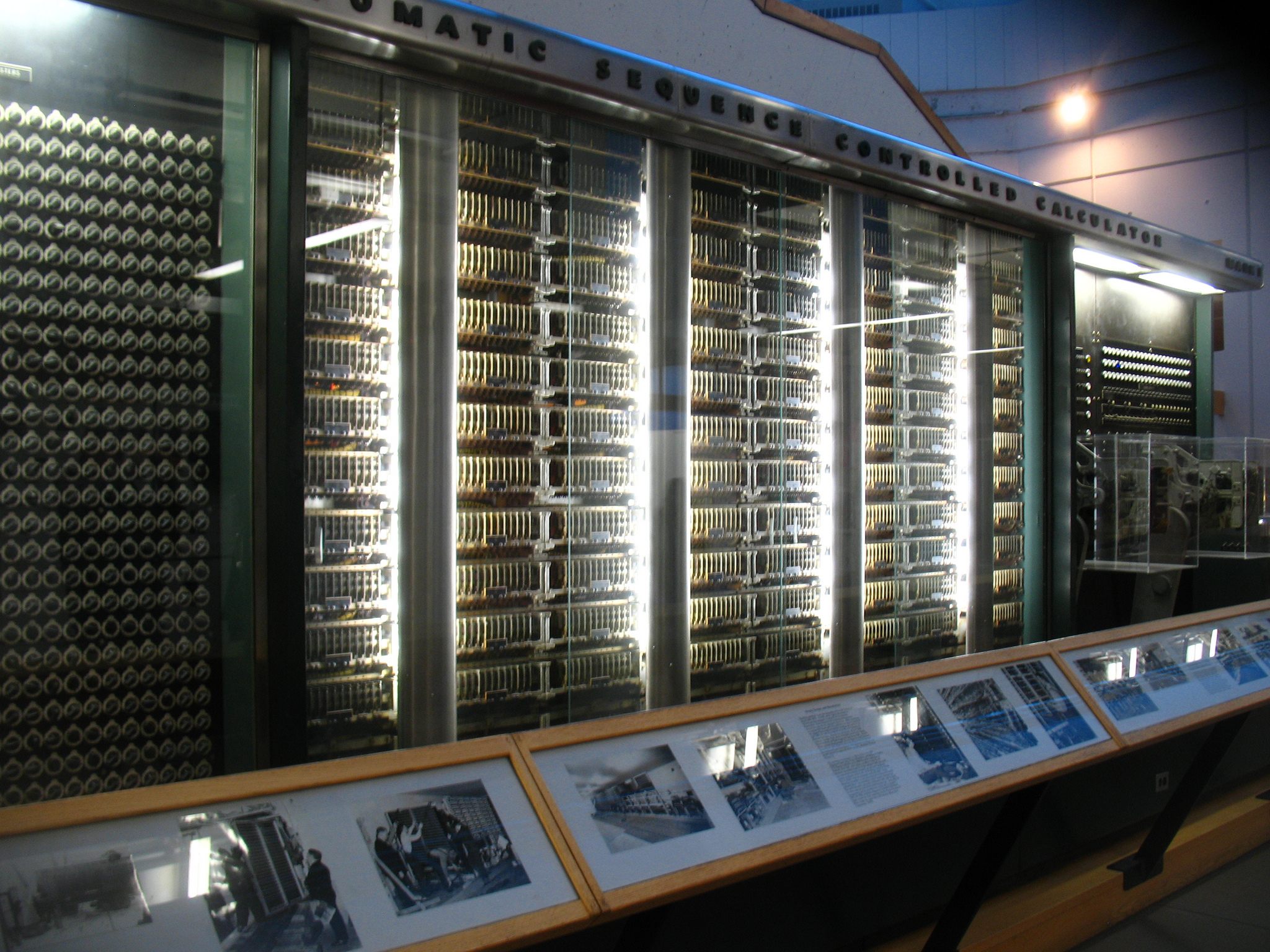
Its like an automat, for numbers. (Photo: Sara D. on Flickr)
While this historic computer is not a collection in and of itself, it does take up a giant section of Harvard’s Science Center. This massive World War II calculator hearkens back to the days when “computer” was a job title. The long computer was built in the 1940s, and was used by the Navy to solve military math problems. As America’s first programmable computer, the Mark I was quite the marvel. However, as computers inevitably do, it became obsolete and was decommissioned. Portions of the beast were placed in the Smithsonian, but the main body of the almost impossibly large comp was put on public display at Harvard where it was initially created.

It kind of makes you want to go back to the abacus. (Photo: Ted Eytan on Flickr)

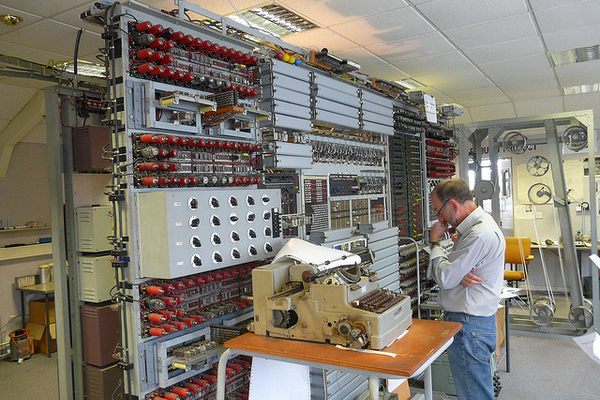


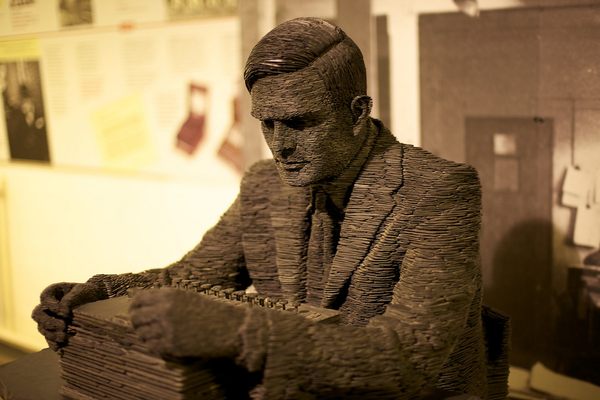






Follow us on Twitter to get the latest on the world's hidden wonders.
Like us on Facebook to get the latest on the world's hidden wonders.
Follow us on Twitter Like us on Facebook